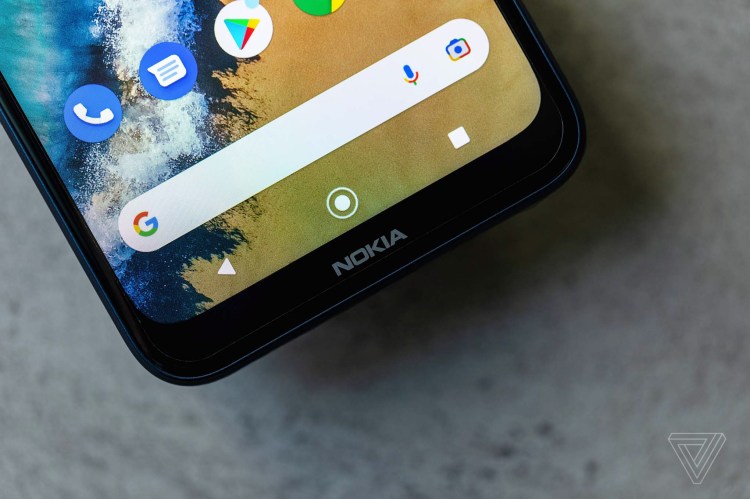Nokia’s Parent Company Shuts Down US Operations
Nokia’s Parent Company Shuts Down US Operations
Over the past few days, HMD Global—the company that has managed Nokia’s comeback in the smartphone space—has announced that it is scaling back its operations in the United States. While their statement carefully cites a “challenging geopolitical and economic environment,” it’s important we don’t miss the point: this is a strategic pullback.
Let’s put things into perspective.
HMD Global, headquartered in Finland, has been the official licensee of Nokia-branded phones since 2016. It was created after Microsoft handed over the reins of Nokia’s fading mobile division. The goal was clear—bring back Nokia’s presence with affordable smartphones, and later, HMD-branded innovations.
Now, in 2025, that mission seems to be shifting—especially in the US market.
Their official US web store? No longer online.
Product pages? Either empty or showing inactive “Where to buy” buttons.
Also read: Google Hires Windsurf CEO After OpenAI Deal Falls Through
New releases in the US? None since September 2024.
Yes, some handsets remain available through third-party retailers like Amazon—but make no mistake: HMD is no longer actively selling or promoting its devices in the US.
They’ve assured customers that warranty coverage and after-sales support will continue through their global support team. However, when asked about job losses or the future of their US-based staff, HMD declined to offer concrete information. Instead, they gave a vague promise to “support staff during this transition.”
Let’s call it what it is.
This is a complete pause—if not an exit—from a market that once held promise for their brand.
Back in 2023, HMD had ambitious plans. They launched the repairable Skyline—still the only Android phone supporting Qi2 wireless charging. They collaborated on unique projects like the Barbie flip phone and the Heineken Boring Phone. But even then, Nokia had already been reduced to feature phones, and HMD’s smartphone presence in the US was minimal—just four releases, none since the modular HMD Fusion in 2024.
Now, as their US chapter winds down, HMD insists that they are focusing on long-term growth globally, with targeted efforts in family tech, secure communication, and microfinancing.
But here’s the takeaway:
Regardless of how it’s worded, the US exit marks a major shift.
No matter how soft the language or optimistic the tone, this move is clear. And it’s not just about economics or geopolitics. It’s a strategic decision—one made consciously, and one that speaks louder than the press release.

